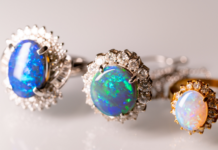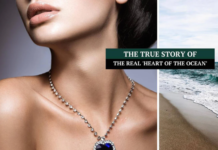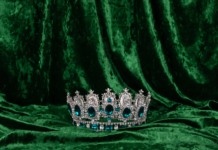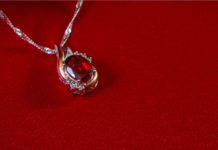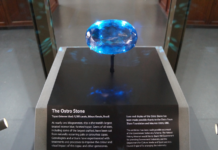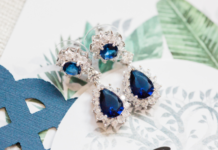Morganite is a gorgeous gemstone that is becoming increasingly popular in the world of jewelry. With its soft, pink hue and excellent transparency, it is no wonder why so many people are drawn to this stone.
In this blog post, we will explore the different properties of Morganite, how it is used in jewelry, how to identify real, and much more.
Introduction to Morganite
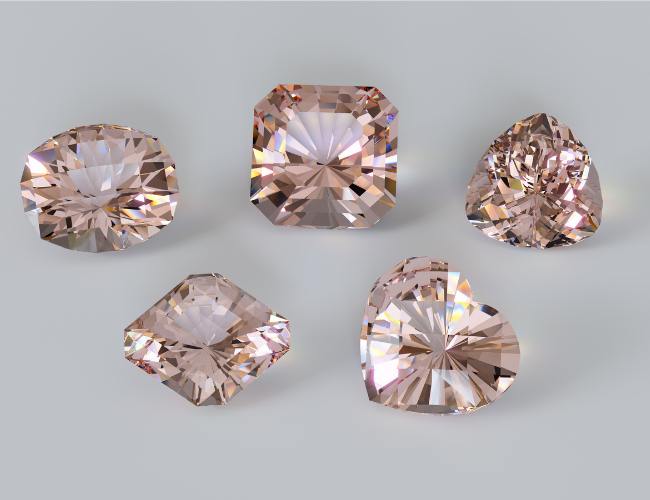
Morganite is a variety of beryl, which is a mineral that also includes other well-known gemstones such as emerald and aquamarine.
It was first discovered in Madagascar in 1910 and was named after J.P. Morgan, one of the most prominent financiers in American history. Since then, it has been found in several locations around the world, including Brazil, Mozambique, and Afghanistan.
One of the unique characteristics of Morganite is its color. Unlike other pink gemstones like pink sapphire or pink tourmaline, it has a softer, peachier tone that is very flattering on all skin types.
This makes it a popular choice for engagement rings, especially for those who prefer a more subtle approach to their jewelry.
Properties of Morganite
Morganite has a hardness rating of 7.5-8 on the Mohs scale, which makes it a durable gemstone that can withstand daily wear. It has a specific gravity of 2.71-2.91 and a refractive index of 1.57-1.60. One of the most desirable qualities of it is its clarity. It is often found with few inclusions, which gives it an exceptional brilliance and sparkle.
Morganite is formed from magma that cools slowly beneath the Earth’s surface. As the magma cools, minerals begin to crystallize, and under the right conditions, beryl crystals form. The color of it is due to traces of manganese in the crystal lattice.
Uses of Morganite in Jewelry
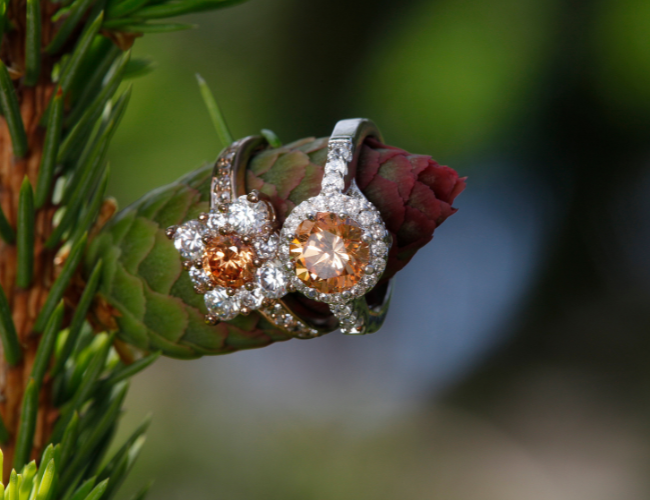
Morganite has become a popular choice for jewelry designers because of its versatility. It can be cut into many different shapes, including round, cushion, oval, and emerald cuts. It is also often found in large sizes, which makes it an excellent choice for statement pieces.
One of the most popular uses of it is in engagement rings. Its soft, romantic color makes it an ideal choice for those who want something a little different from the traditional diamond. When set in rose gold or yellow gold, creates a warm, vintage-inspired look that is both elegant and timeless.
Morganite is also often used in earrings, pendants, and bracelets. It pairs beautifully with other pink gemstones like pink sapphire and tourmaline, as well as diamonds and white gold.
How to Identify Real?
As with any gemstone, it is important to ensure that you are purchasing a genuine Morganite. Here are a few tips on how to identify real:
1. Color
Morganite should have a soft, peachy-pink color. It should not be too dark or too light, and there should not be any brown or gray undertones.
2. Clarity
Real Morganite should be relatively free of inclusions. While some inclusions are inevitable, they should not be so numerous or large that they distract from the stone’s beauty.
3. Hardness
Morganite should be hard enough to withstand daily wear. You can test the hardness by seeing if the stone scratches easily with a pen knife or glass.
4. Refractive Index
When viewed under a loupe, Morganite should have a refractive index of 1.57-1.60. If it is lower than this, it may be a less valuable type of beryl.
Caring
Morganite is a relatively low-maintenance gemstone, but it still requires some care to keep it looking its best. Here are a few tips on how to care for your jewelry:
- Cleaning: use warm water and mild soap. Avoid using harsh chemicals or ultrasonic cleaners, as they can damage the stone. You can also use a soft toothbrush to gently scrub away any dirt or grime.
- Storage: be sure to keep it separate from other jewelry pieces to prevent scratches. You can store it in a jewelry box or pouch, or wrap it in a soft cloth.
- Avoid Extreme Temperatures: as this can cause thermal shock and damage the stone. Avoid wearing your Morganite jewelry while swimming or engaging in other activities that expose it to high temperatures.
Alternatives to Morganite Gemstones
While Morganite is a beautiful gemstone, it may not be everyone’s cup of tea. If you are looking for an alternative to it, here are a few options to consider:
Pink Sapphire
Pink sapphire is a popular alternative to Morganite. It is a durable gemstone with a similar color range to it. Pink sapphires are often found with excellent clarity and can be cut into many different shapes.
Pink Tourmaline
Pink tourmaline is another great alternative to Morganite. It has a similar soft, pink color and can be found in many different sizes. Pink tourmaline is often found with inclusions, which can give it a unique character and charm.
Rose Quartz
Rose quartz is a semi-precious gemstone that has a soft pink color. While it is not as valuable as Morganite, it can be an affordable alternative for those who love the look of pink gemstones.
Morganite vs Other Pink Gemstones
While Morganite is a popular choice for pink gemstone jewelry, there are several other options to consider. Here is a comparison of some of the most popular pink gemstones:
Morganite
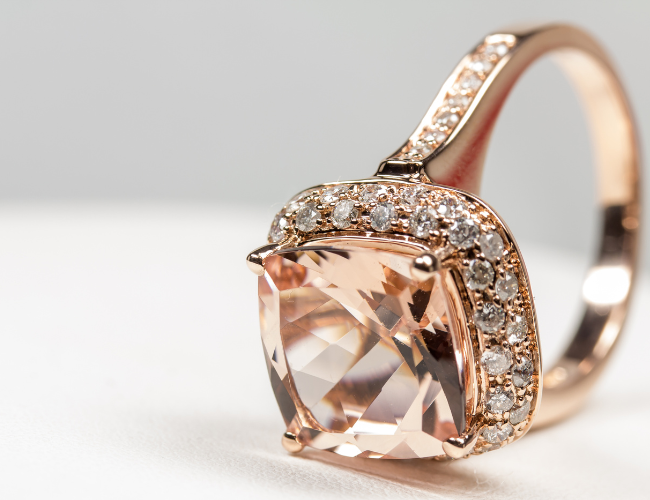
Morganite has a soft, peachy-pink color and excellent clarity. It is relatively durable and can be found in large sizes. It is often used in engagement rings and other statement pieces of jewelry.
Pink Sapphire
Pink sapphire has a brighter, more intense pink color than Morganite. It is very durable and can be found in many different shapes and sizes. It is often used in engagement rings and other fine jewelry pieces.
Pink Tourmaline
Pink tourmaline has a softer, more muted pink color than Morganite. It is often found with inclusions, which can give it a unique character. It is a durable gemstone that can be found in many different shapes and sizes.
Conclusion
Morganite is a beautiful gemstone that offers a unique alternative to traditional diamond engagement rings. Its soft, romantic color and excellent clarity make it a popular choice for jewelry designers and collectors alike.
Whether you choose to wear it on its own or pair it with other gemstones, it is sure to be a stunning addition to your jewelry collection.






